Adobe announced the general availability of Adobe LLM Optimizer. This new enterprise application enables businesses to gain relevance and authority in an era where consumers are embracing generative AI-powered interfaces. With LLM Optimizer, businesses have a comprehensive solution for Generative Engine Optimization (GEO): Teams can monitor AI-driven traffic and benchmark brand visibility, while deploying actionable recommendations to improve discoverability across owned digital properties (and on third-party digital surfaces where their brand is being cited).
“Generative engine optimization has quickly become a C-suite concern, with early movers building authority across AI surfaces and securing a competitive advantage,” said Loni Stark, vice president of strategy and product, Adobe Experience Cloud. “Adobe LLM Optimizer delivers immediate value by connecting onsite and offsite brand performance insights with automatic optimization actions, ensuring businesses can stand out in a rapidly changing landscape.”
AI-powered chat services and browsers have become go-to tools for consumers to discover and research products. New data from Adobe highlights the urgency for businesses to revamp their digital presence. In September 2025, Adobe observed a 1,100% year-over-year increase in AI traffic to U.S. retail sites. Visitors from generative AI sources were also 12% more engaged (longer visits, more pages) and 5% more likely to convert compared to non-AI traffic sources (paid search, affiliates & partners, email, organic search, social media). This signals a fundamental shift in digital behavior, where AI is creating a more informed consumer in the product discovery phase. Businesses need to make sure they are not left behind.
Also Read: MNTN and Haus Bring Science-Backed Proof of Performance to Connected TV
Businesses can now use Adobe LLM Optimizer to:
- Measure and benchmark AI-driven traffic and citations: LLM Optimizer can identify owned content that is being leveraged by AI interfaces to deliver responses to user queries. Teams can understand which digital properties are being prioritized by LLMs (such as specific web pages) and monitor shifts in AI referrals. Additionally, side-by-side benchmarking allows businesses to evaluate their visibility against competitors across high-value queries.
- Optimize content and code to improve visibility: An analysis of early access customers using LLM Optimizer showed that 80% had critical content visibility gaps—which prevents AI surfaces from accessing key product information or reviews. To address this, a recommendation engine in LLM Optimizer detects gaps in brand visibility and suggest improvements across both owned (web pages, FAQs) and external (Wikipedia, public forums) channels. This includes both content optimization and technical fixes such as missing or invalid metadata—as well as auto-detecting areas of a brand website that are hidden to LLMs (with actions to boost content visibility). Teams can review, approve and deploy optimizations with a single click-turning insight into impact.
- Demonstrate business value: LLM Optimizer provides an attribution capability that connects AI visibility to user behavior and business performance. This enables teams to demonstrate the effect on engagement and conversion, with out-of-the-box reporting for teams to quickly share insights across an organization.
SOURCE: Adobe
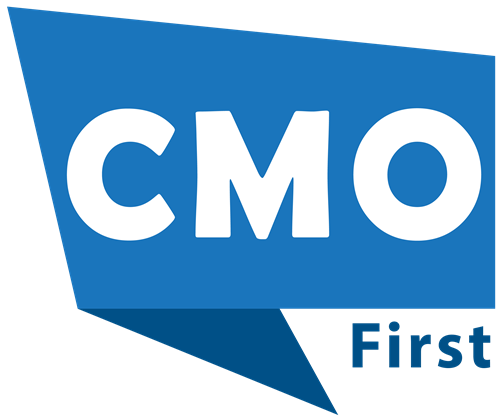




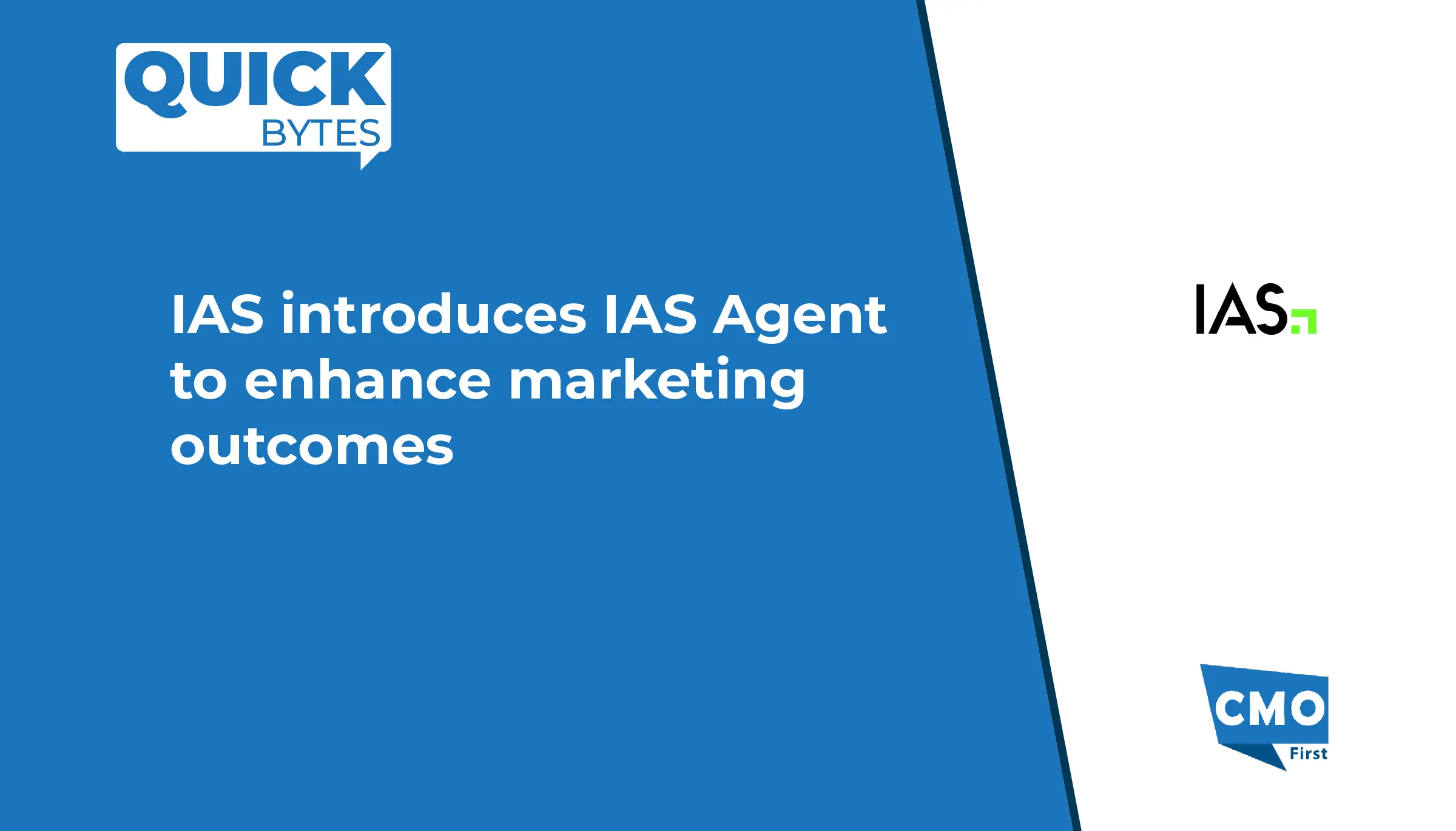
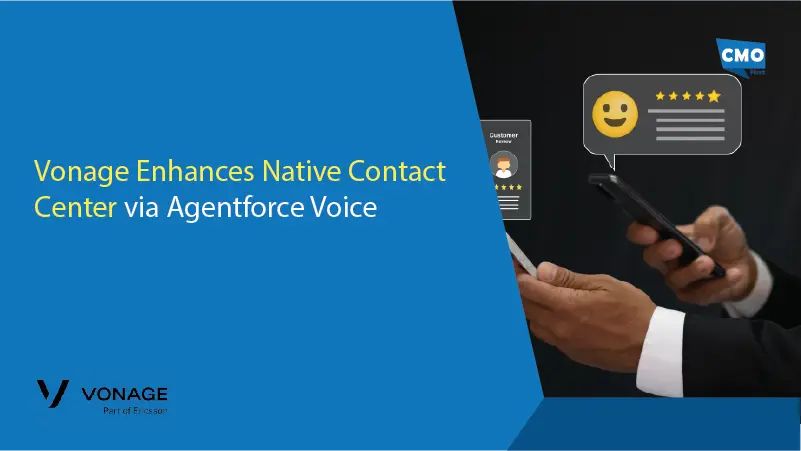




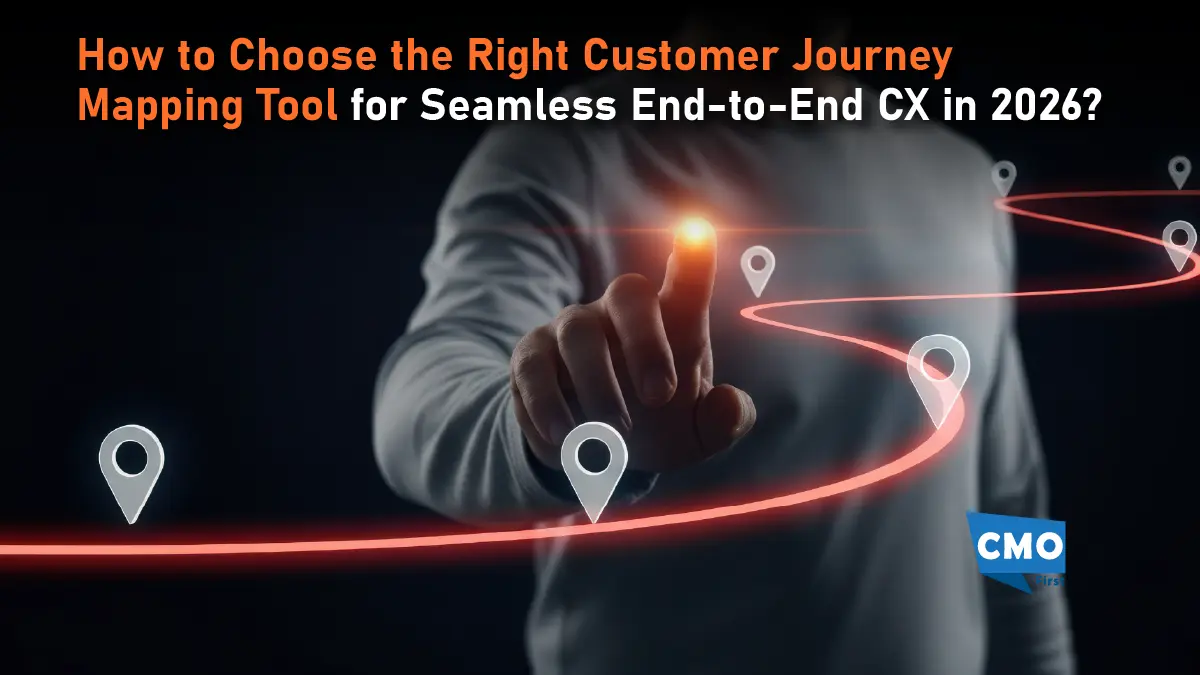
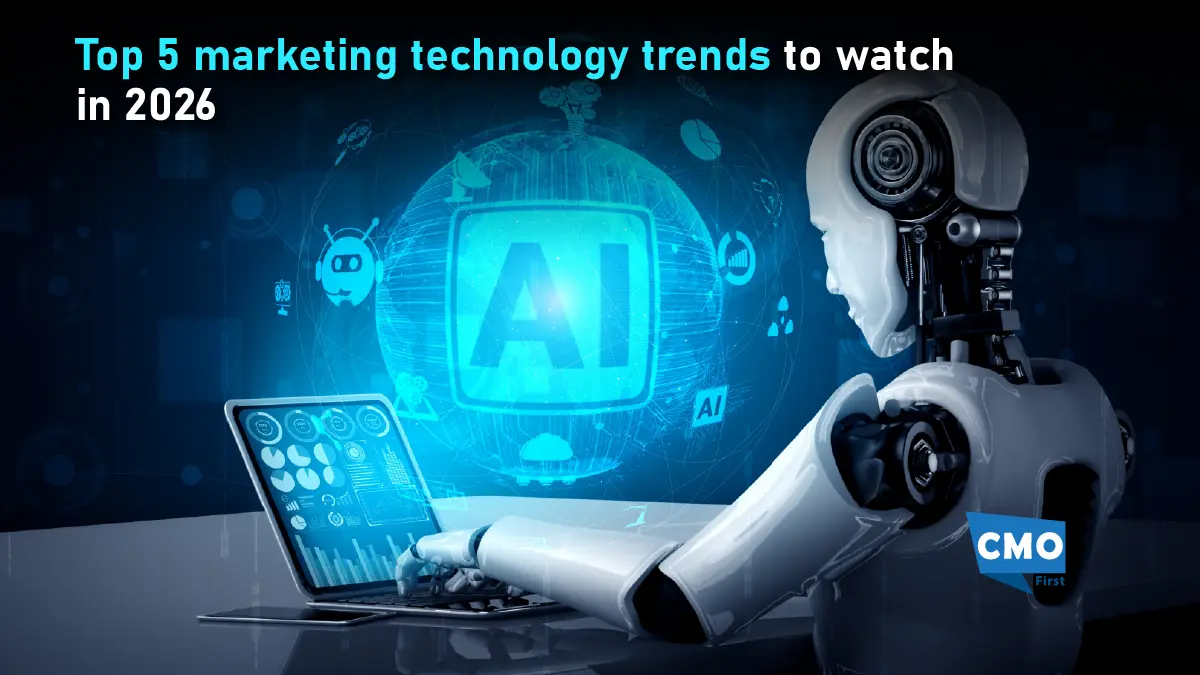
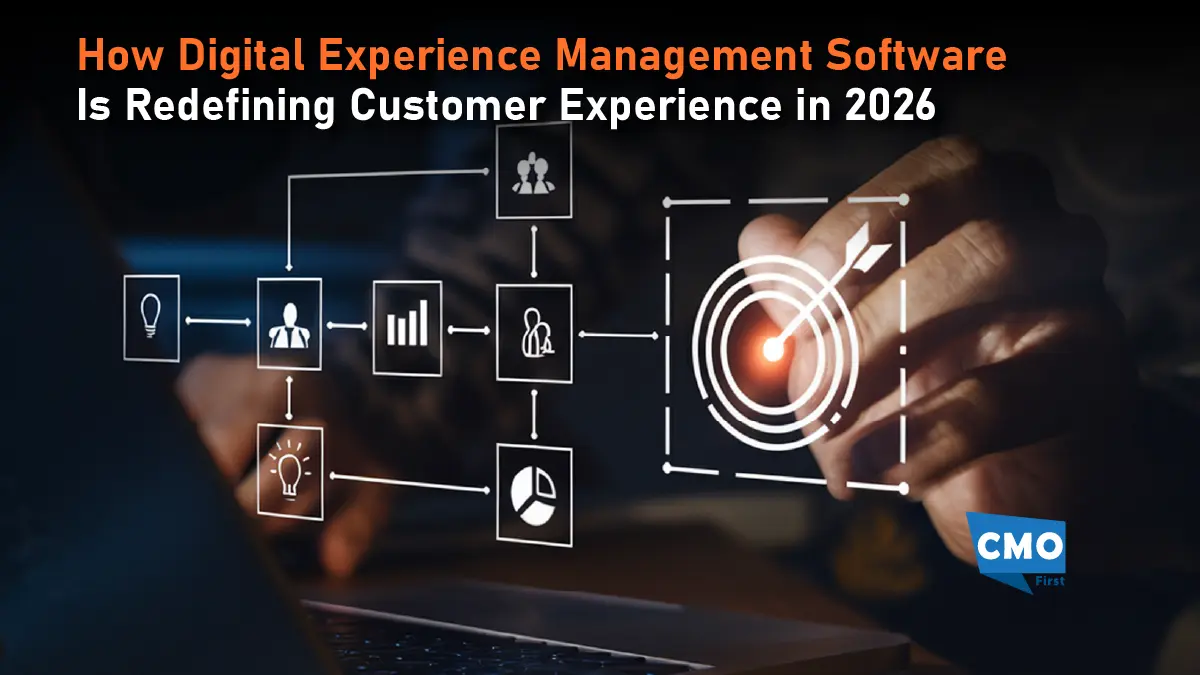
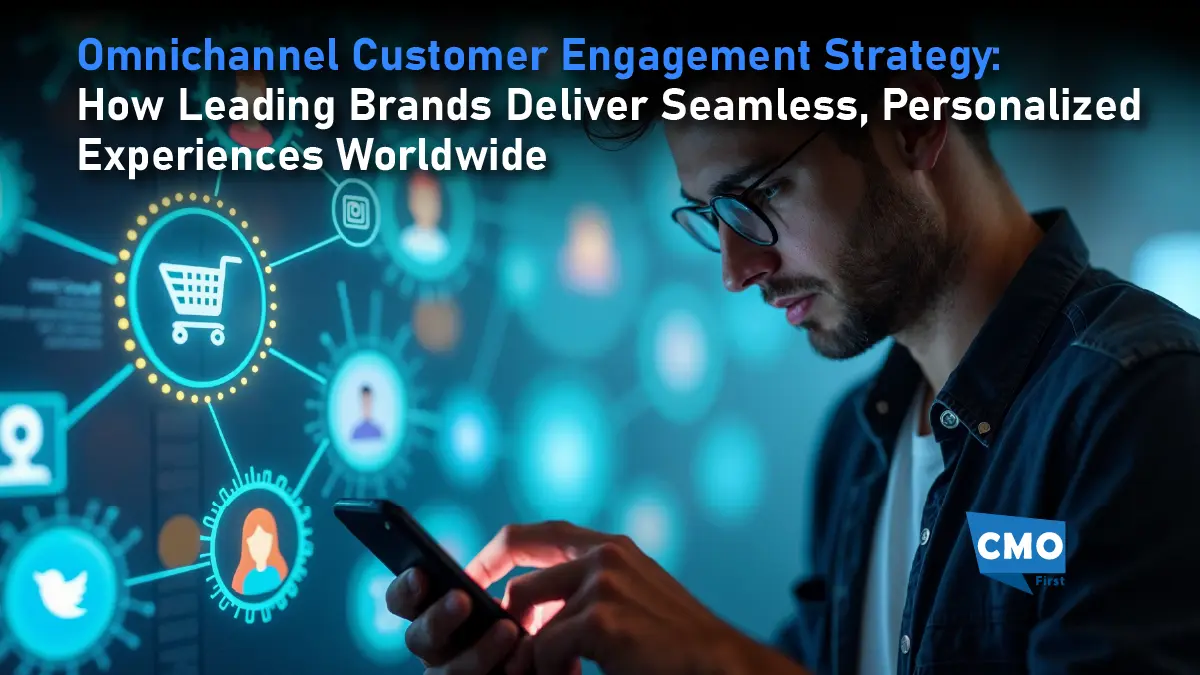
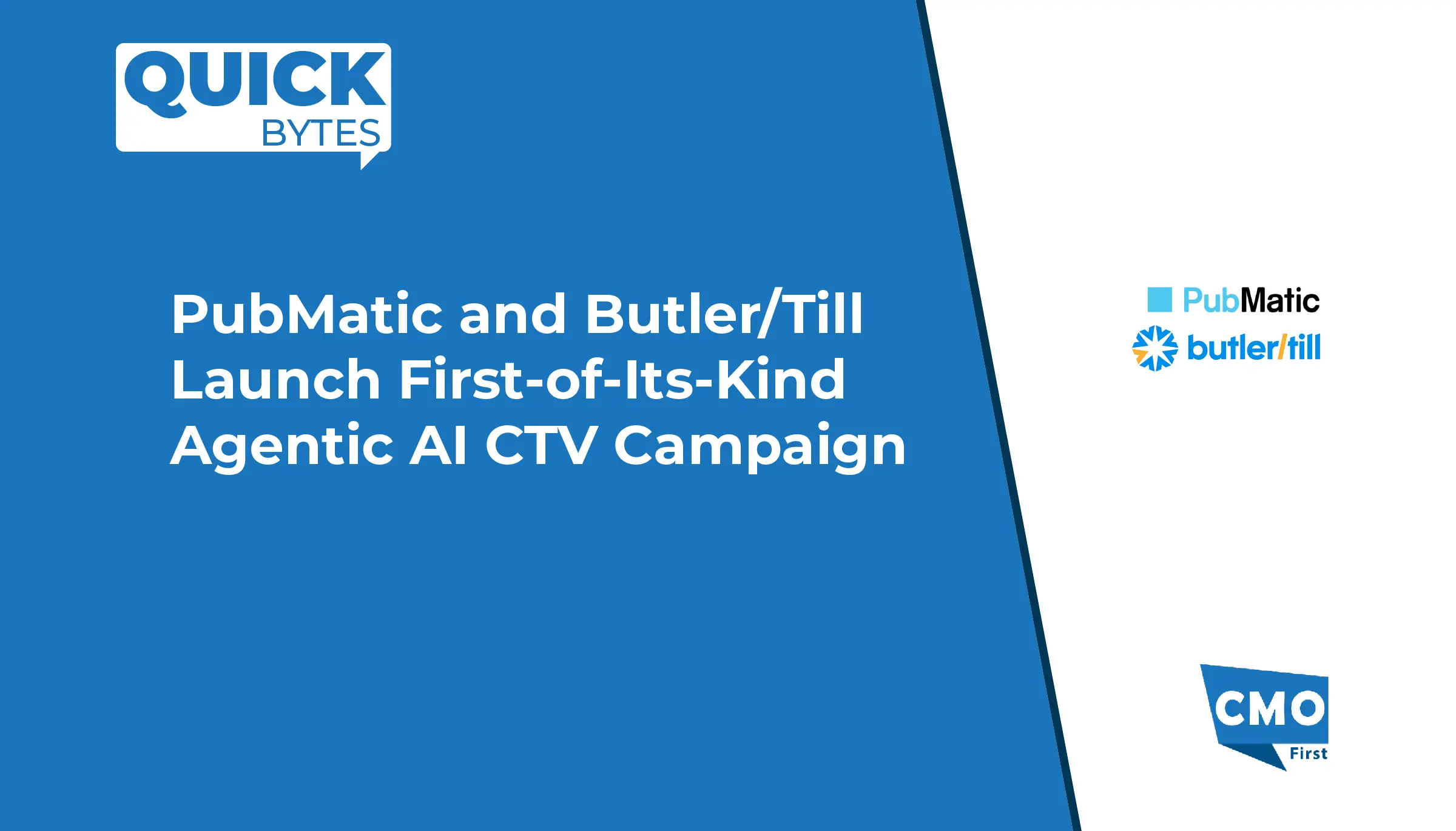
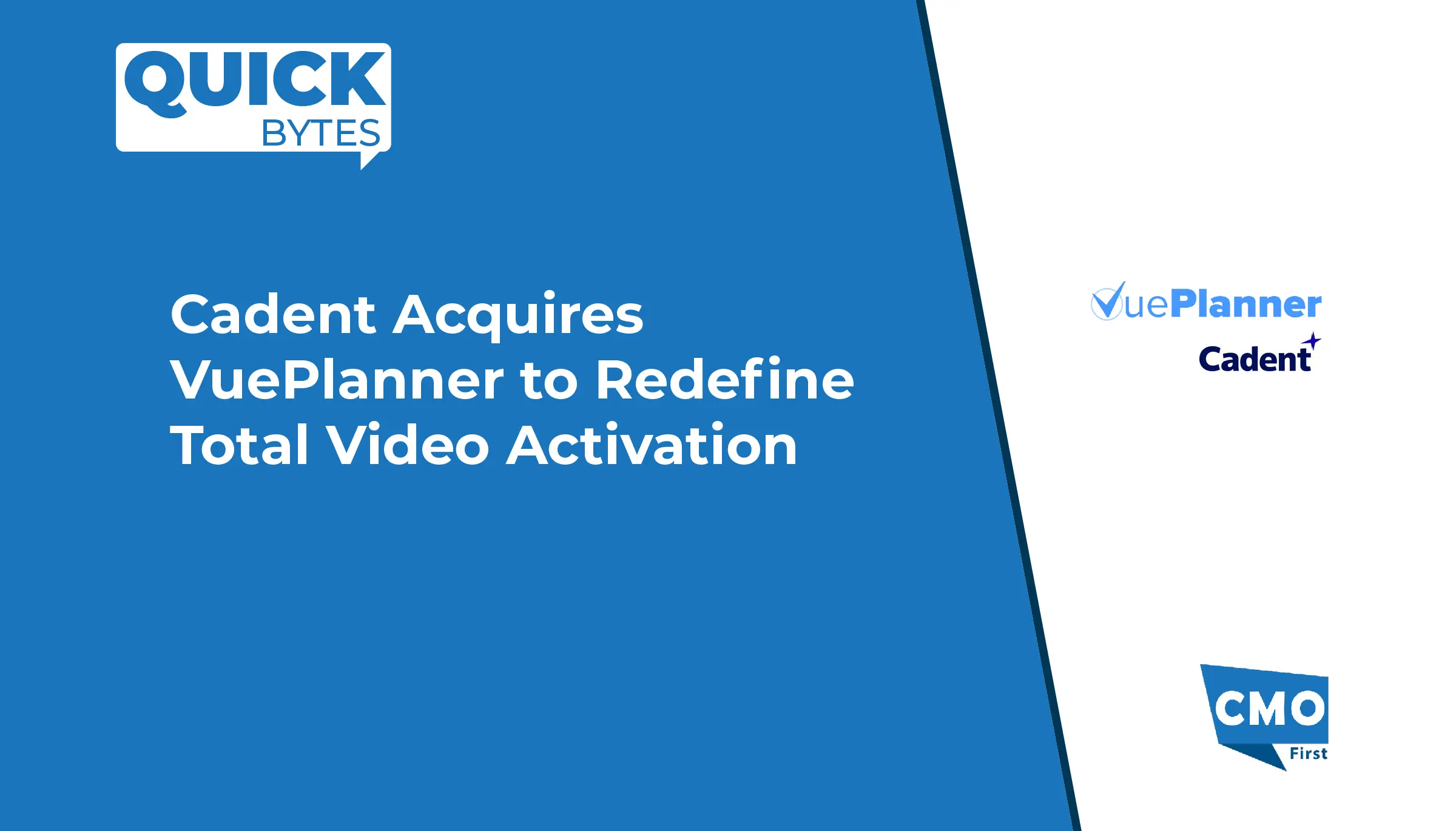

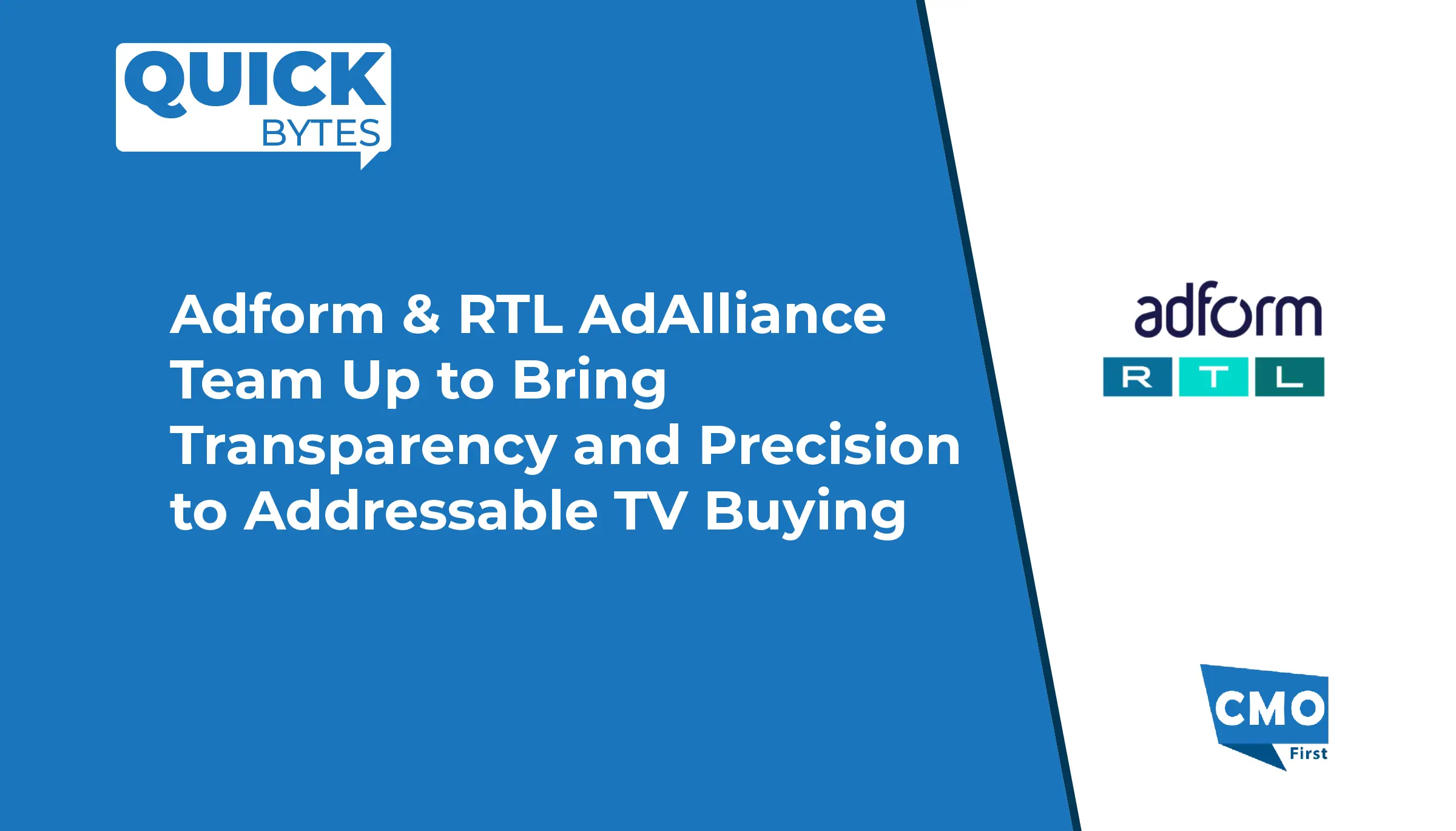
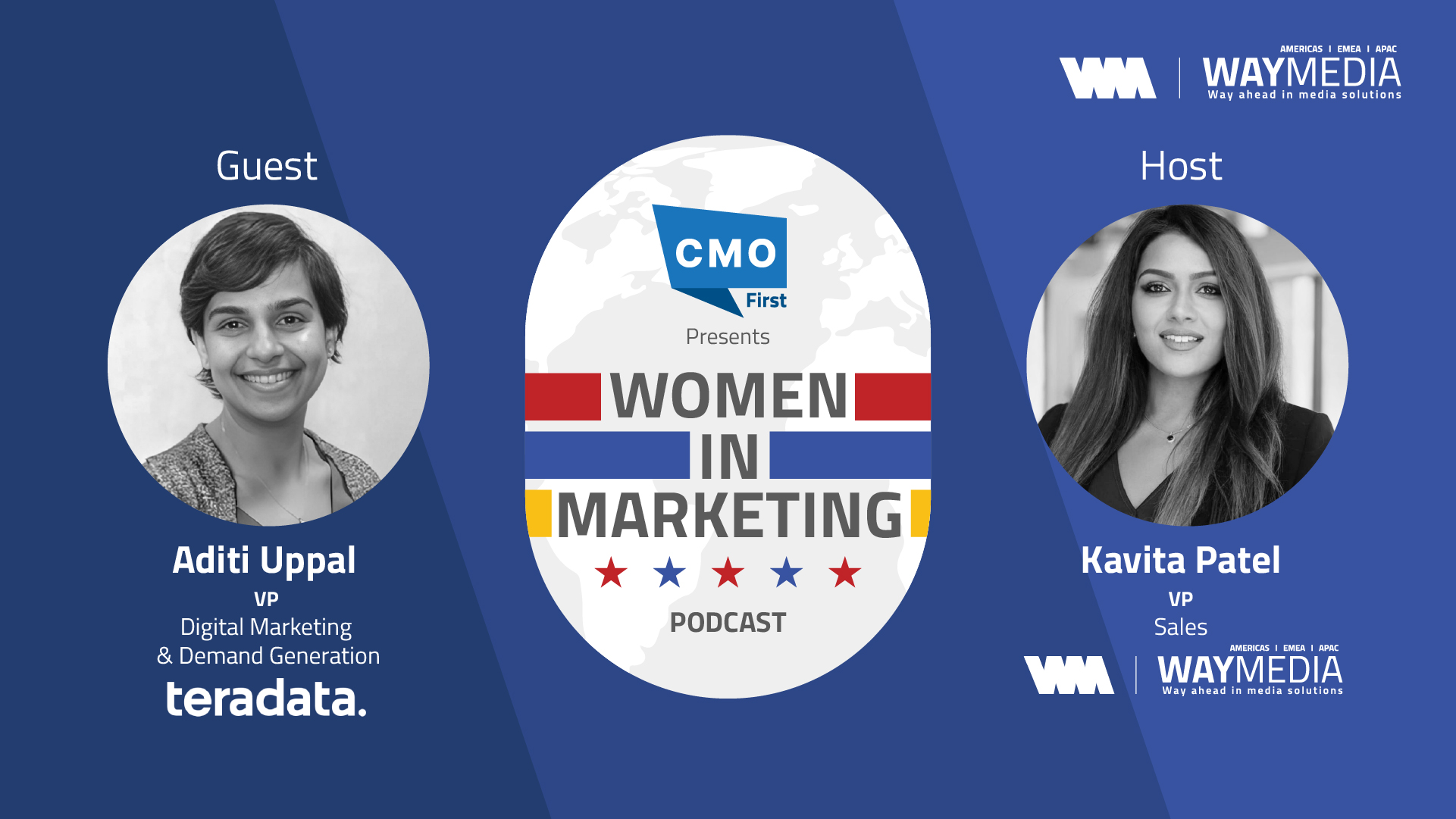

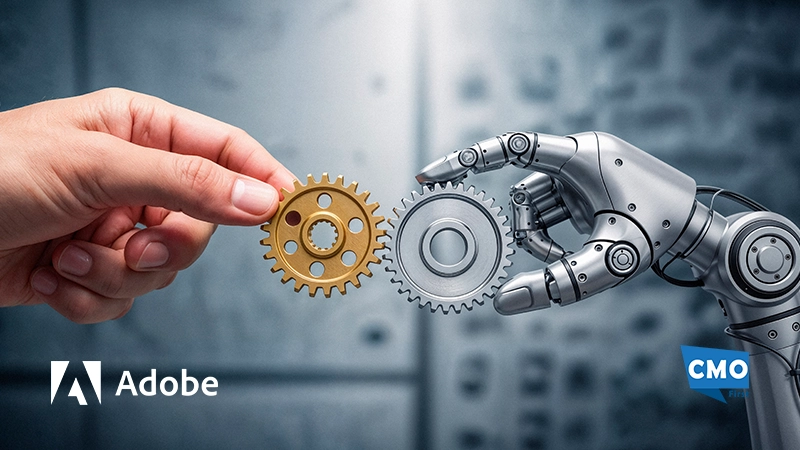

Leave a Reply